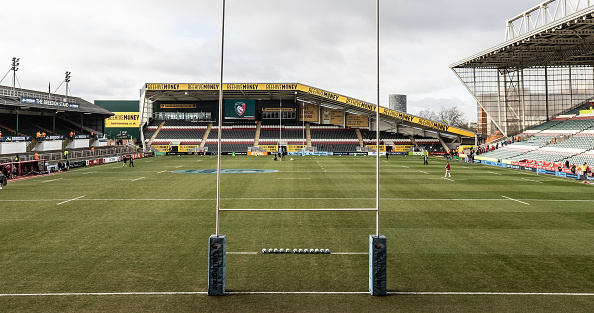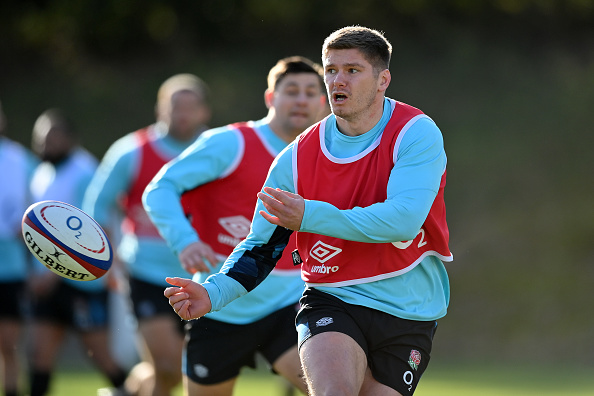The last few weeks have been a challenging time for the community game in England. The Rugby Football Union (RFU) announced its intention in changing the tackle height in the game below level three (National One) from July. This new change will see the tackle height reduced from shoulder height down to waist height.
Reaction to this law change from the community game was almost all negative, and writer Louis Chapman-Coombe feels that the tackle height change is wrong.
Tackle height and player welfare
I feel this law change actually increases the risk of concussion in matches. Whilst it can be seen to be a way of reducing concussions, it only focuses on head-on-head collisions and ignores the possibility of concussions for other reasons.
Forcing the tackler to hit at the new lower height means that a player making a tackle will now exclusively make a ‘chop tackle’. Whilst this tackle has its merits, it clashes with the new way of defending. In the modern game, defensive line speed is crucial to stopping the attack.
The pace of the players now makes this sort of tackle very hard to get right every time. It forces players to dip in the tackle. At these speeds, it will result in poor tackle technique and ultimately more concussions from players getting their head on the wrong side and colliding with a hip or a knee.
Player safety is crucial and I understand the importance of eliminating head-on-head contacts, but the laws should change to focus on eliminating no-arm tackles, or leading with the shoulder. This would have a much better impact on concussion rates in the sport
Similar laws have been tested in the professional leagues. In 2019, the RFU trialled lower tackle laws in the Championship Cup. During this, the tackle height was lowered to below the armpit. This trial was ended early by the RFU due to an increase in concussions.
If it didn’t work during a trial at the elite level, why is it being forced upon the community game?
Changing how the game is played
As mentioned above, the game now focuses on line speed in defence. Players are taught this throughout the age grades. It is also a big part of the game in the county and academy pathway. The new laws could mean a shift in the community game to more traditional swallow defence. This will confuse a large percentage of the rugby-playing public, as it will not align with the professional game.
It will also reduce the physicality within Rugby Union, which could lead players based in the North to cross codes and play Rugby League, which still retains the levels of physicality.
The new tackle height law also does not address how to defend the pick and go either. A player picking and going for the try line will no longer be able to be tackled, as they will not offer a waist to hit. This will make teams unable to stop tries from being scored.
At a time when the sport in England is in crisis, this is the wrong move from the RFU. They should be trying to grow the community game, and this change does the opposite.
“Main photo credit”
Embed from Getty Images



